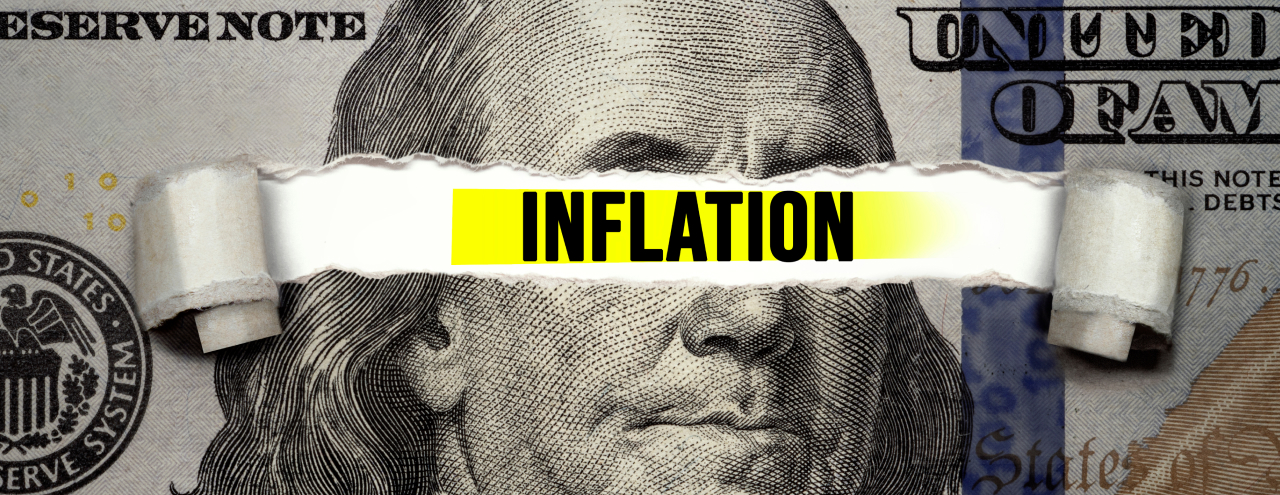
Fed Signals Inflation Remains Stubborn, Delaying Rate Cut as Treasury Yields Climb
TOPICSLatest inflation figures suggest the central bank might need additional time before feeling comfortable with reducing interest rates, as mentioned by Fed Chair Powell during a panel discussion at the Wilson Center in Washington, accompanied by Bank of Canada Governor Macklem. “Recent figures have certainly not increased our confidence, instead indicating a longer than expected period to gain that confidence,” Powell remarked.
After initiating an aggressive series of interest rate increases two years prior, the Federal Reserve has propelled rates to their loftiest levels in nearly a quarter century. Although inflation has receded substantially from its zenith in the summer of 2022 – a four-decade high – recent data continues to reflect stubbornly elevated prices for services and housing costs.
The confluence of higher borrowing costs and persistently inflated prices for necessities has compelled numerous Americans to curtail their expenditures. Concurrently, while the nation’s economy and job market remain robustly underpinned, escalating mortgage rates have precipitated a virtual stagnation within the housing sector.
Given the strong labor market and progress in controlling inflation thus far, maintaining a tight monetary policy for a longer duration appears suitable. “Incoming data and evolving economic forecasts should guide our actions,” Powell further stated. Hence, Fed officials do not see an immediate necessity to lower rates, suggesting that any potential cuts in 2024 might be delayed until the year’s end if they occur at all.
The yield on the 10-year U.S. Treasury note soared to 4.7%, its pinnacle since November 2nd, as dwindling geopolitical tensions and indicators of a vigorous American economy dampened the appetite for bonds. Futures contracts suggest a slight majority of the market expects the nation’s central bank to commence lowering rates only in September, while nearly one-fifth has positioned itself for an absence of rate cuts altogether in 2024.

(US 10-Year Treasury Yield)
Disclaimer
Comments, news, research, analysis, price, and all information contained in the article only serve as general information for readers and do not suggest any advice. Ultima Markets has taken reasonable measures to provide up-to-date information, but cannot guarantee accuracy, and may modify without notice. Ultima Markets will not be responsible for any loss incurred due to the application of the information provided.
Why Trade Metals & Commodities with Ultima Markets?
Ultima Markets provides the foremost competitive cost and exchange environment for prevalent commodities worldwide.
Start TradingMonitoring the market on the go
Markets are susceptible to changes in supply and demand
Attractive to investors only interested in price speculation
Deep and diverse liquidity with no hidden fees
No dealing desk and no requotes
Fast execution via Equinix NY4 server









